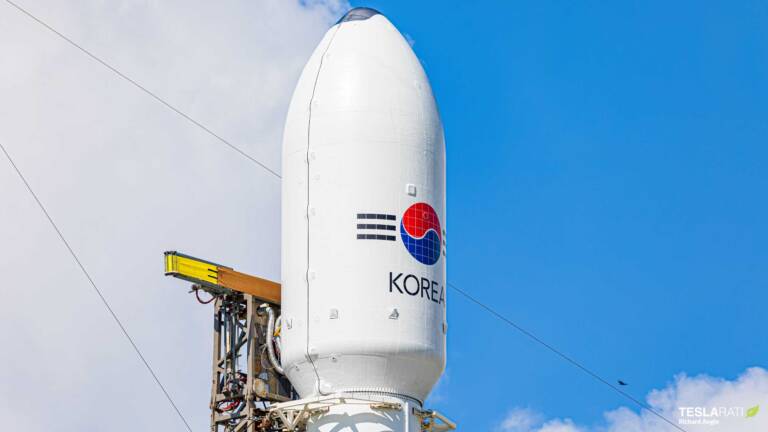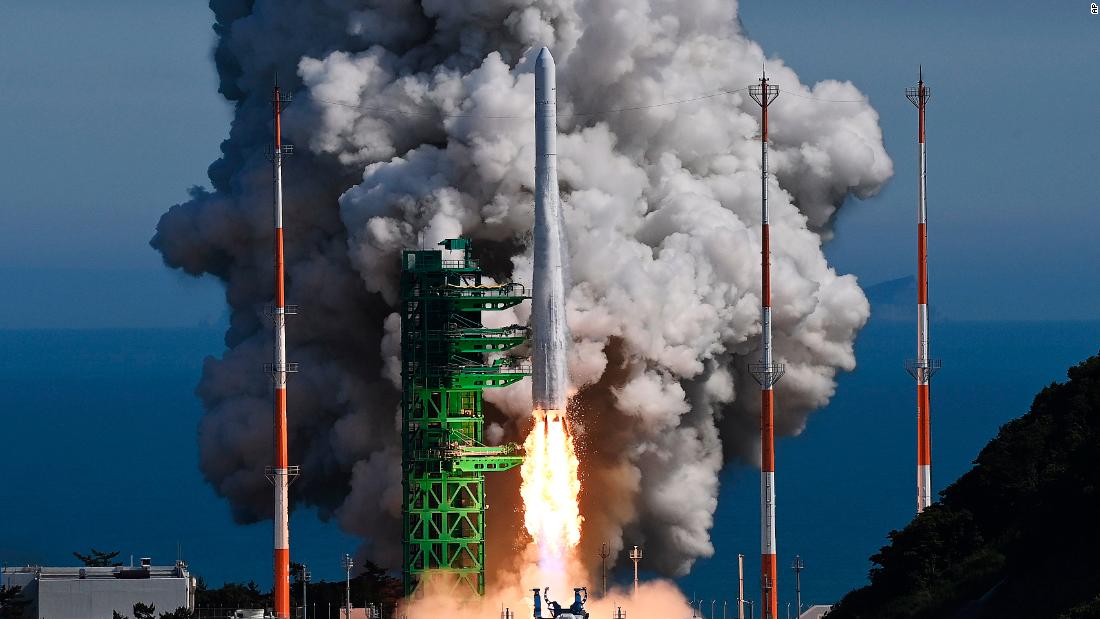The Korean peninsula, between North and South, ignites the Asian space race

Asia's space race is intensifying with South Korea set to launch its first domestically built, military satellite mounted on a SpaceX rocket, while the North says it has successfully tested solid-fuel engines for a new intermediate-range ballistic missile (IRBM) .
Seoul hinted at the growing geopolitics that has extended to orbit, stressing that its partnership with the United States would form a “space alliance” that would ensure military and economic security, as well as technological progress.
Analysts also point to an increase in military satellite launches in Asia, noting that the spillover effect would be in the development of commercial space technologies that would drive domestic markets for the sector.
South Korea's launch in tandem with billionaire Elon Musk's SpaceX marks the first of five domestic spy satellites that Seoul plans to put into orbit by 2025, to form its own space surveillance system over North Korea, breaking with the past tradition of total dependence on US spy satellites to monitor its rival.
The South Korean spy satellite will be carried by a SpaceX Falcon 9 rocket launched from Vandenberg Air Force Base in California on November 30, according to the Defense Ministry.
Lee Choon-geun, an honorary research fellow at South Korea's Science and Technology Policy Institute, said American spy satellites produced high-resolution images but were operated according to U.S. strategic objectives. The USA does not share all sensitive information with Seoul and this, obviously, greatly annoys the Koreans who, in the end, decided to become independent. After all, they have all the technologies necessary to create excellent spy satellites.
Pyongyang's state media said on Wednesday that North Korea had successfully conducted ground tests of newly developed solid fuel engines for a new type of IRBM. Cheong Seong-chang, senior analyst at the Sejong Institute think tank, said the IRBM's range of up to 4,000 km could reach US military bases in Okinawa and Guam. A threat to the entire Pacific area. North Korea is also eager to acquire its own spy satellite, but has not attempted new launches after two previous failed attempts earlier this year
In June last year, South Korea became the seventh country in the world to put a satellite weighing more than a ton into orbit to boost its space ambitions using a home-made Nuri rocket.
Seoul's goal is to be able to bring a probe to the moon by 2030. Four Nuri rockets are already ready to launch other satellites into space. Seoul hopes to be able to count on US assistance to quickly overcome the remaining data processing gaps for the development of its launchers.
South Korea's development path is twofold: on the one hand, from a military point of view, it wants to develop its own strategic autonomous capabilities, aimed at controlling the North's cumbersome neighbor, and perhaps some other too intrusive neighbors. This path is accomplished without disdaining the assistance of the USA. On the other hand, however, the country is also looking at the commercial satellite market, for now with a minimal part, but who knows in the future, also given the impressive decline of the European carriers,
Meanwhile, South Korea has launched a probe into lunar orbit and participates in NASA's Artemis program, confirming itself as one of the young space lions of the East.

Thanks to our Telegram channel you can stay updated on the publication of new Economic Scenarios articles.
The article The Korean peninsula, between North and South, ignites the Asian space race comes from Economic Scenarios .
This is a machine translation of a post published on Scenari Economici at the URL https://scenarieconomici.it/la-penisola-coreana-fra-nord-e-sud-incendia-la-corsa-allo-spazio-fr/ on Sat, 18 Nov 2023 16:46:35 +0000.

